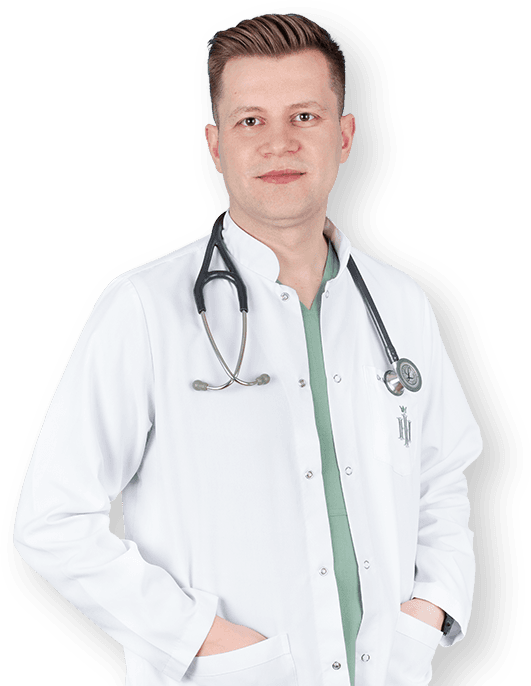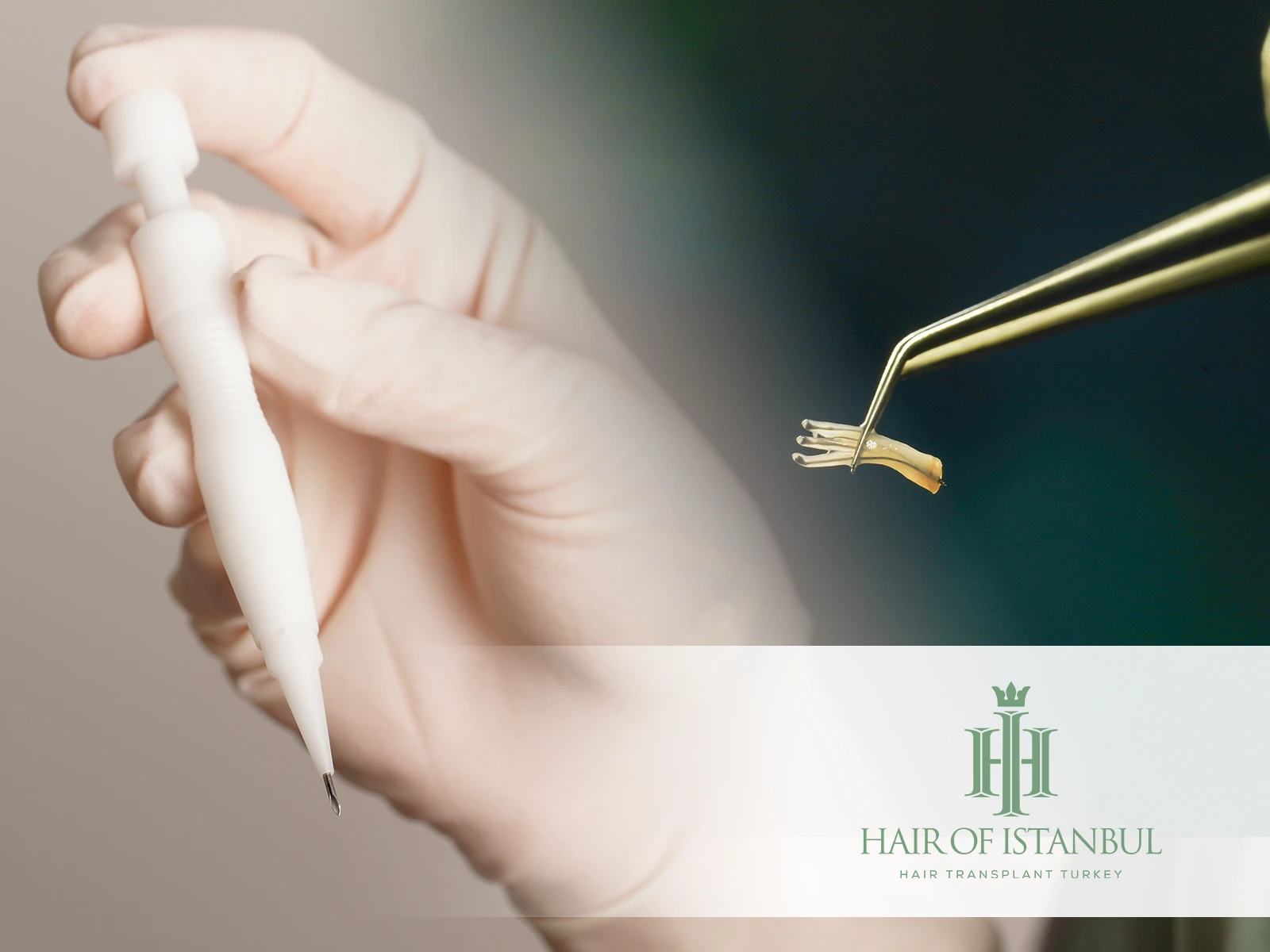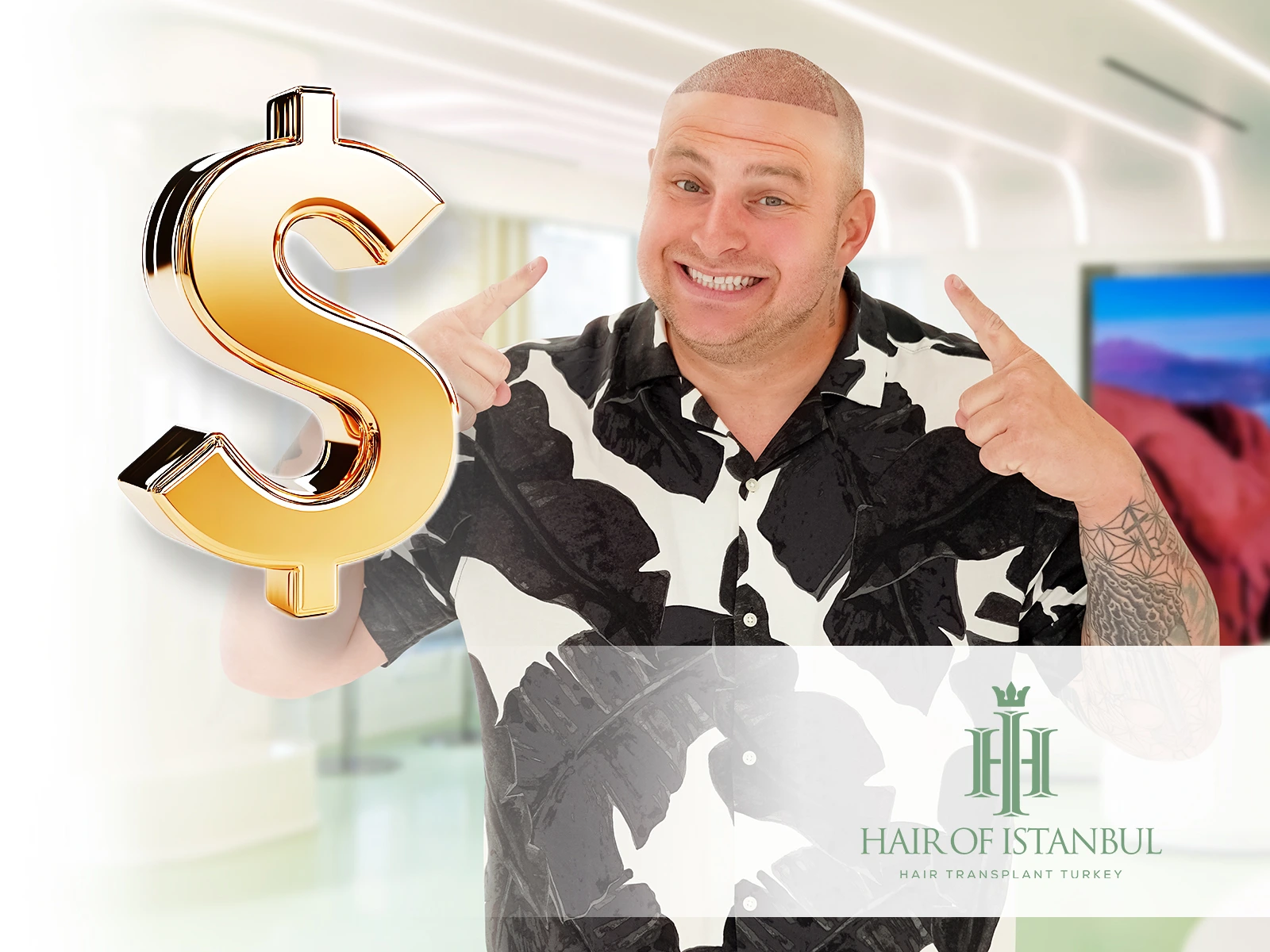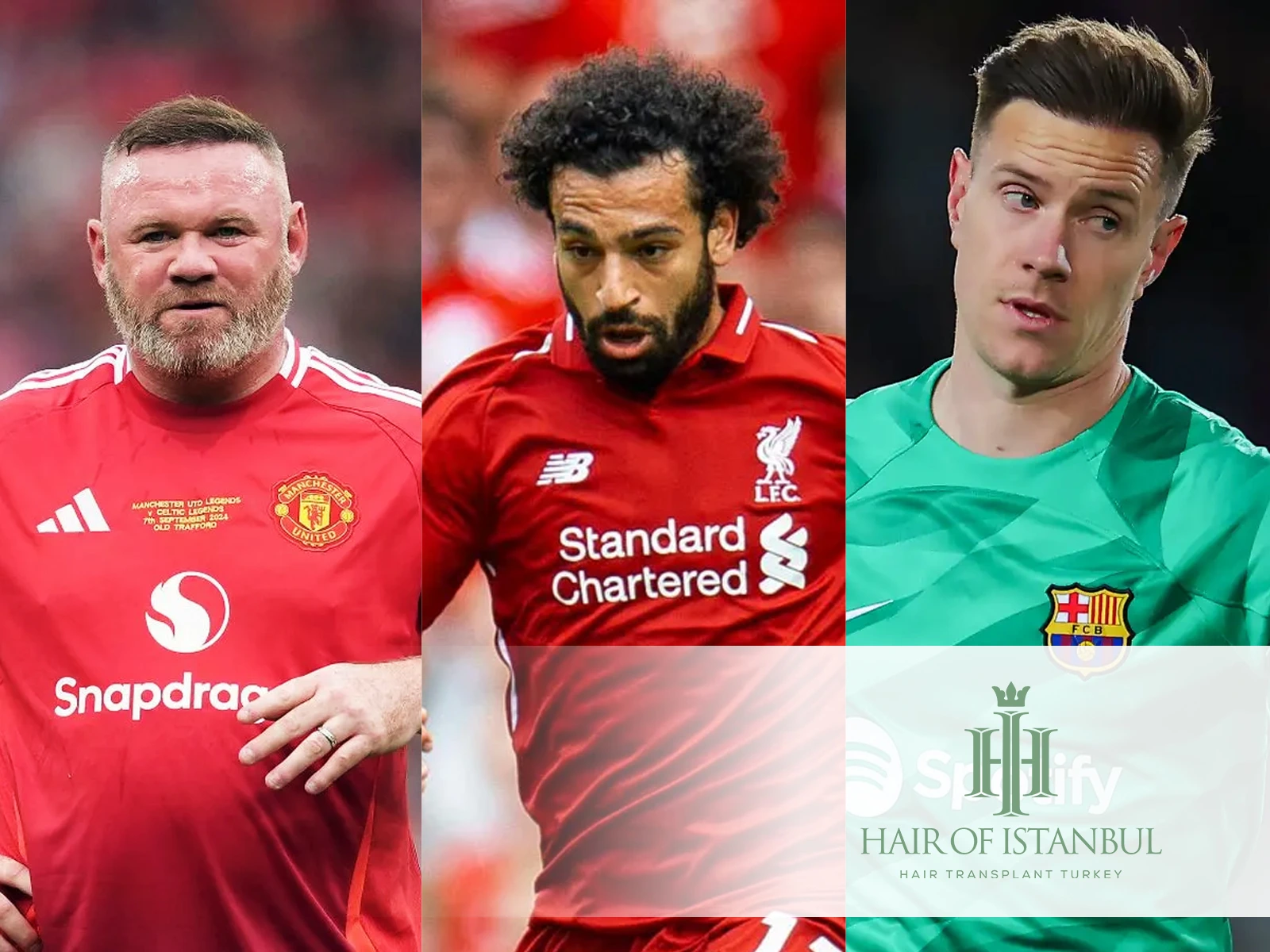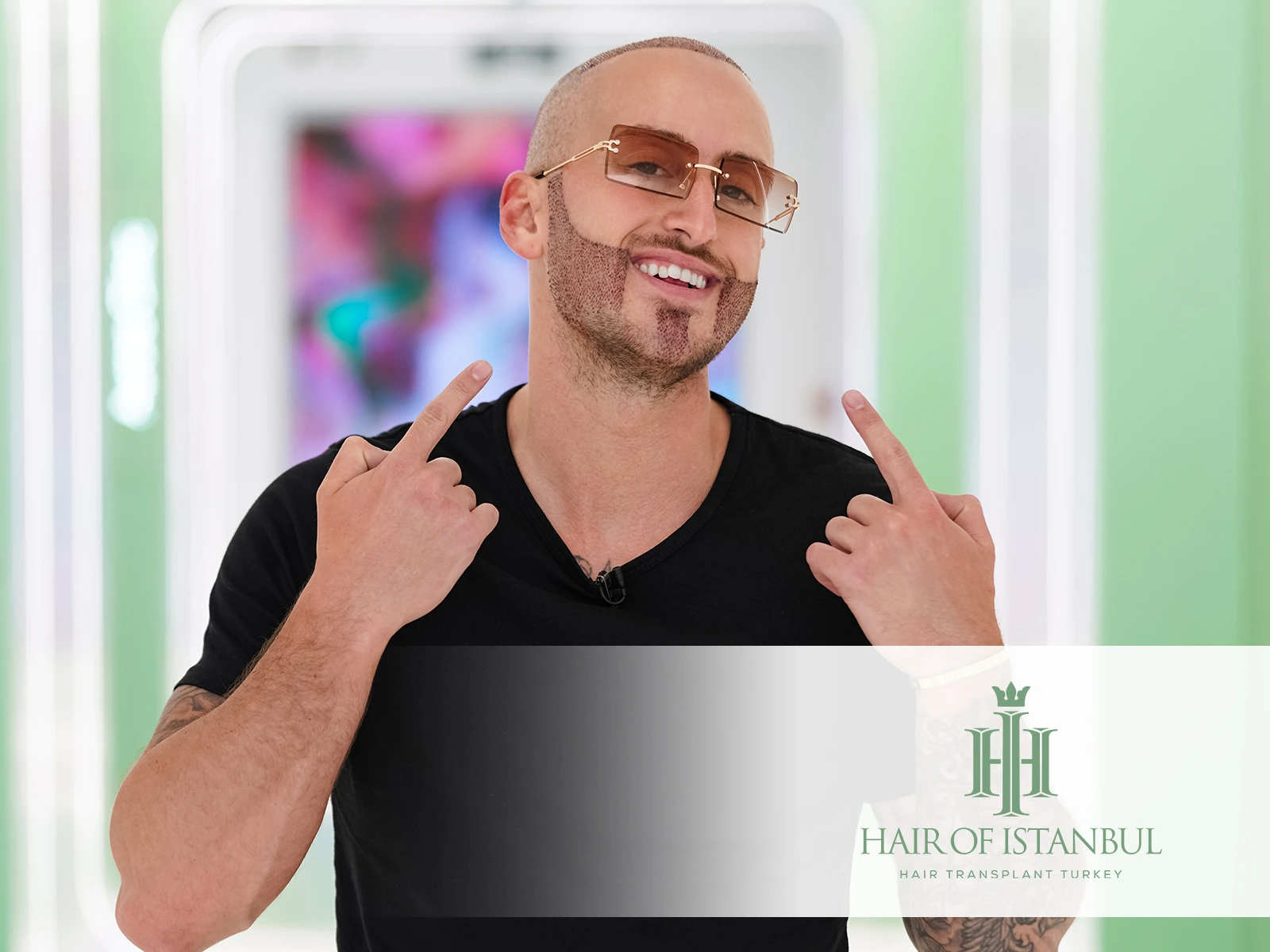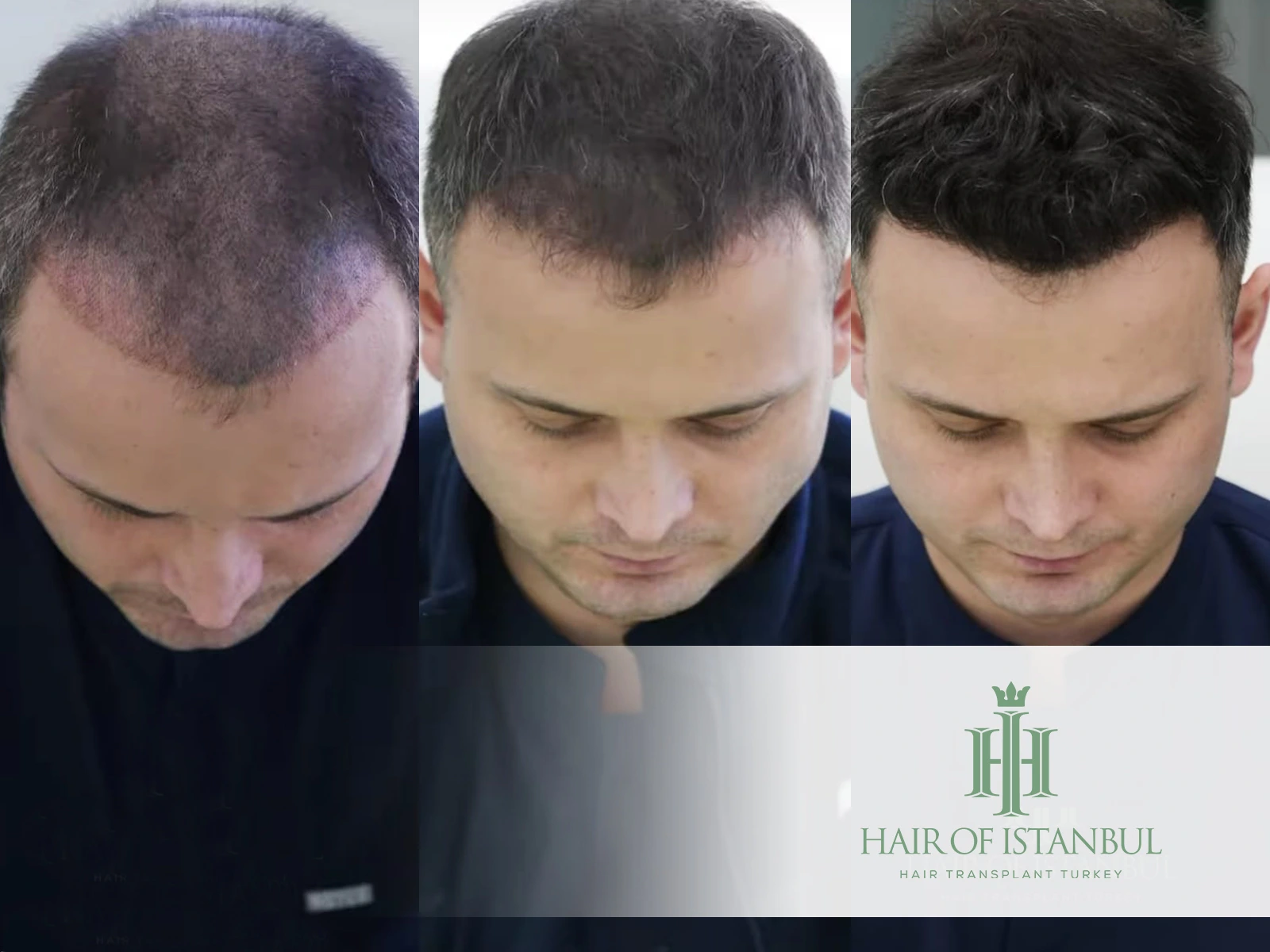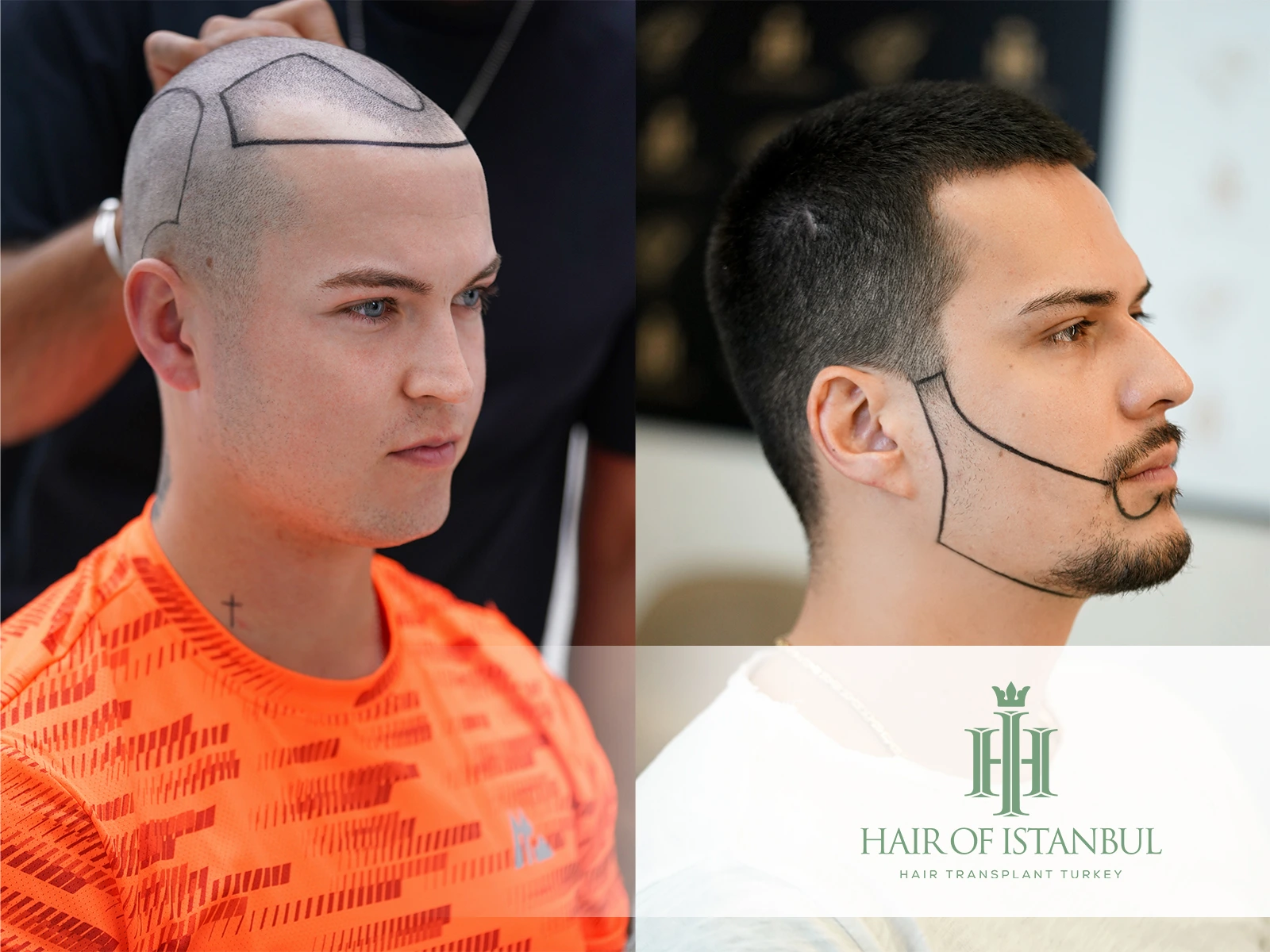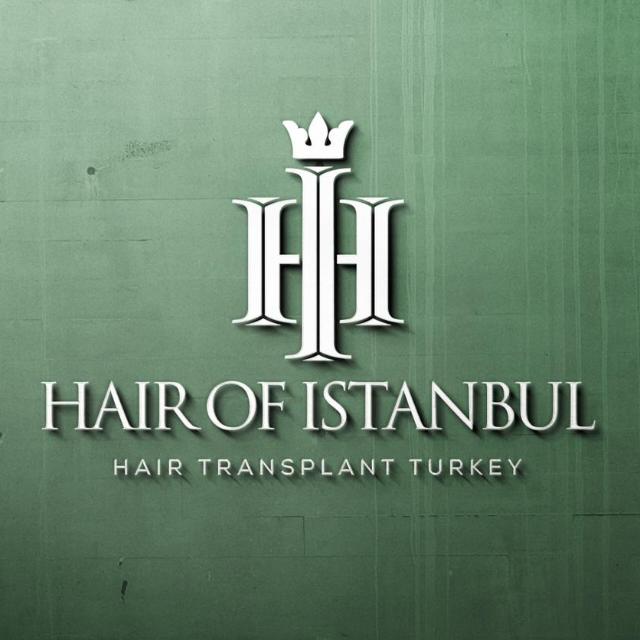Tips to Reduce Swelling After Hair Transplant: Expert Advice
Experiencing swelling after a hair transplant is common, but it can be managed effectively. Knowing how to minimize this post-operative side effect can significantly improve your comfort and recovery process. Various methods are available to help reduce puffiness and speed up healing. Following the right strategies can make a noticeable difference in your recovery.
Simple changes in your daily routine can lead to better outcomes. It’s important to understand these techniques to ensure a smoother experience. Keep reading to discover practical tips to reduce swelling after hair transplant surgery. Implementing these suggestions can help you achieve the best results from your procedure.
Is Swelling After Hair Transplantation Normal?
Swelling after a hair transplant is a common occurrence. It usually affects the forehead or eyelids. Patients often notice puffiness or fluid accumulation in these areas. This swelling typically appears a few days post-surgery. In some cases, it can be severe enough to cause difficulty in opening the eyes.
Bruising around the eyes, although less common, can also occur. It’s important to understand that this reaction is normal. If you experience extreme or prolonged swelling, consulting your doctor is advisable. [1]
How Long Will Swelling Last After A Hair Transplant?
Swelling after a hair transplant generally lasts between 2 to 6 days. This is a typical post-operative reaction and should not cause alarm. The forehead and eyelids are the most affected areas. The intensity of swelling can vary among patients. It usually peaks around the third day and gradually subsides. However, if the swelling persists beyond a week, it’s wise to seek medical advice. Monitoring the condition helps ensure there are no complications. [2]
Also Read: Hair Transplant For Widow’s Peak: How to Reverse Hair Loss?
Tips To Reduce Swelling After Hair Transplant
Swelling is a common concern for many patients post-transplant. While it can’t be entirely avoided, there are effective ways to reduce it. Applying cold compresses to the forehead can help minimize swelling.
Elevating your head while sleeping also aids in reducing puffiness. Avoiding strenuous activities for a few days post-surgery is crucial. Staying hydrated and taking prescribed medications can further help in managing the swelling. Below, we’ll discuss these methods in detail to help you through the recovery process.
1. Sleep in the Correct Position
After a hair transplant, the position you sleep in is crucial for recovery. Keeping your head elevated while sleeping helps reduce swelling. Use an extra pillow to maintain this position. Elevation prevents fluid from accumulating in the scalp area.
This simple adjustment can make a significant difference in your healing process. Paying attention to how you sleep can prevent increased puffiness. Ensuring your head is raised will aid in a smoother recovery. Follow your doctor’s advice for the best results.
2. Take Prescribed Medications as Directed
Doctors prescribe specific medications after a hair transplant to aid recovery. These medications, including pain relievers, should be taken as directed. Following the prescribed schedule ensures effective pain management. Adhering to your doctor’s recommendations helps the healing process proceed smoothly.
Proper medication use can reduce swelling and prevent complications. Always take the medications at the intervals advised by your doctor. This adherence is key to a successful recovery. Consult your healthcare provider if you have any questions.
Also Read: Hair Transplant After 3 Months: Photos Show Real Results
3. Drink Plenty of Water
Staying hydrated is essential, especially after a hair transplant. Drinking plenty of water helps reduce swelling. Aim to consume at least 2 liters of water daily. Hydration supports your body’s healing process and reduces puffiness. Keeping well-hydrated is beneficial for both your overall health and recovery. Adequate water intake helps flush out toxins and promotes better healing. Make sure to drink enough water throughout the day for optimal recovery.
4. Apply Ice to Swelling
Ice is a proven method to reduce swelling. It can help minimize puffiness after a hair transplant. However, ice should not be applied directly to the transplanted area. Instead, place an ice pack on your forehead above the eyebrows.
This indirect application helps reduce swelling without damaging sensitive areas. Wrap the ice pack in a cloth to prevent frostbite. Regular intervals of ice application can provide noticeable relief. Follow your doctor’s instructions for best results.
5. Avoid Blood Thinners
Avoiding blood thinners after a hair transplant is important due to bleeding risks. These medications can increase swelling and complicate healing. Inform your doctor about any blood-thinning medications you are taking before surgery. Your doctor will provide guidance on what to avoid and suggest alternatives.
Following medical advice ensures a smoother recovery process. Avoiding these medications helps reduce post-operative swelling. Always consult your healthcare provider for specific recommendations.
Also Read: Alcohol After Hair Transplant: Understanding the Impacts!
6. Don’t Smoke
Smoking is prohibited after many surgeries, including hair transplants. It is crucial to avoid smoking to prevent complications. Smoke can damage the scalp and increase swelling. Nicotine constricts blood vessels, impairing healing.
Staying away from smoke-filled environments is also important. Refraining from smoking before and after the surgery enhances recovery outcomes. Following this guideline ensures better results. Trust your doctor’s advice for a successful recovery.
7. Reduce Salt Intake
Reducing salt intake is important for managing swelling. Excessive salt consumption leads to fluid retention. After a hair transplant, this can cause increased puffiness in the scalp. Minimizing salt in your diet helps reduce swelling.
Drinking plenty of water and maintaining a balanced diet are also beneficial. Being mindful of your salt intake makes a significant difference. It’s a simple yet effective way to manage post-operative swelling. Following this advice supports a smoother recovery.
8. Avoid Intense Physical Activities
Limiting physical activities is recommended after a hair transplant. Intense exercises, such as heavy lifting, should be avoided. Physical exertion can increase swelling and delay healing. Keeping activities light and minimal helps maintain the newly transplanted grafts.
Gentle walks and light movements are advisable during the initial recovery phase. Avoiding strenuous activities ensures better healing and reduces the risk of complications. Following these recommendations contributes to a smoother recovery process.
Also Read: When Can I Exercise After Hair Transplant? Learn the Right Time!
CONCLUSION
At Hair of Istanbul, we understand the importance of managing swelling effectively after a hair transplant. Our clinic is dedicated to ensuring a smooth and comfortable recovery for every patient. We offer comprehensive post-operative care tailored to your needs.
Our expert team is here to guide you through each step of the healing process. We prioritize your comfort and well-being throughout your recovery journey. With our specialized tips and guidance, you can minimize swelling and enjoy better results.
Hair of Istanbul is committed to providing top-notch care and support. We take pride in our detailed follow-up care, ensuring optimal outcomes. Trust our expertise to help you achieve the best possible recovery. At Hair of Istanbul, your successful healing is our priority.
References:
- [1] Sungjoo Tommy Hwang, May 1, 2019 – Gravity position to prevent facial edema in hair transplantation – https://www.ishrs-htforum.org/content/19/3/77
- [2] Abbasi Gholamali, May, 2010 – Hair Transplantation: Preventing Post-operative Oedema – https://www.ncbi.nlm.nih.gov/pmc/articles/PMC2956963/
